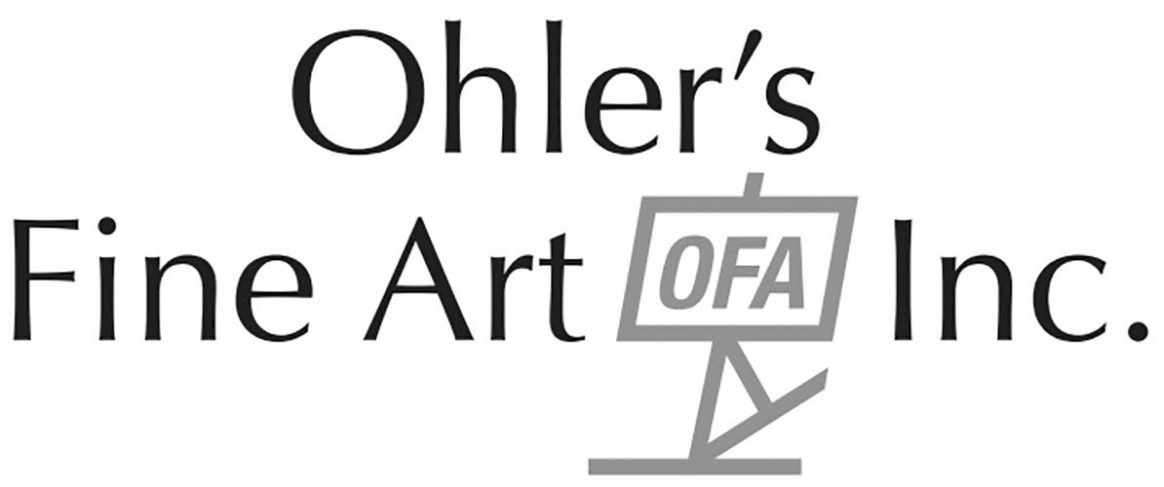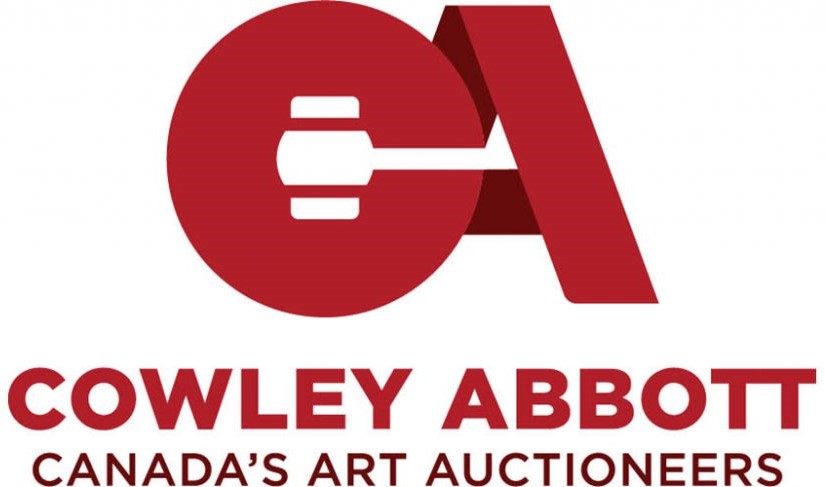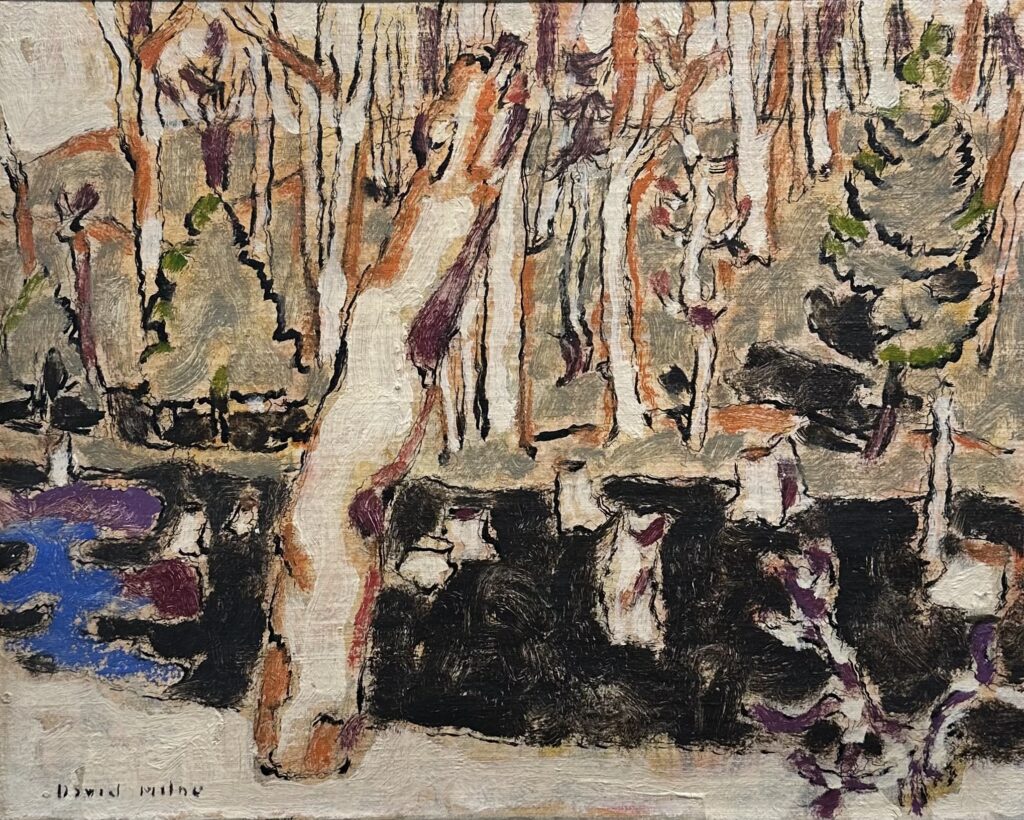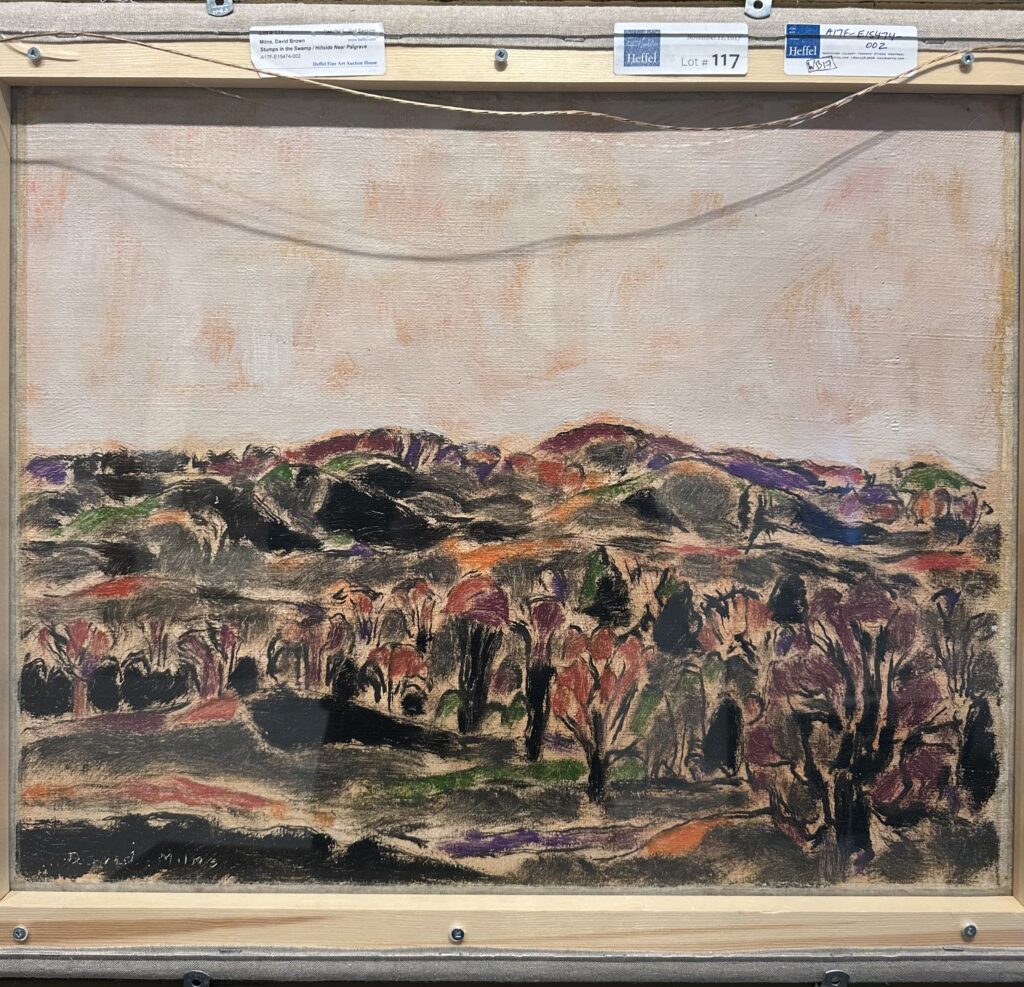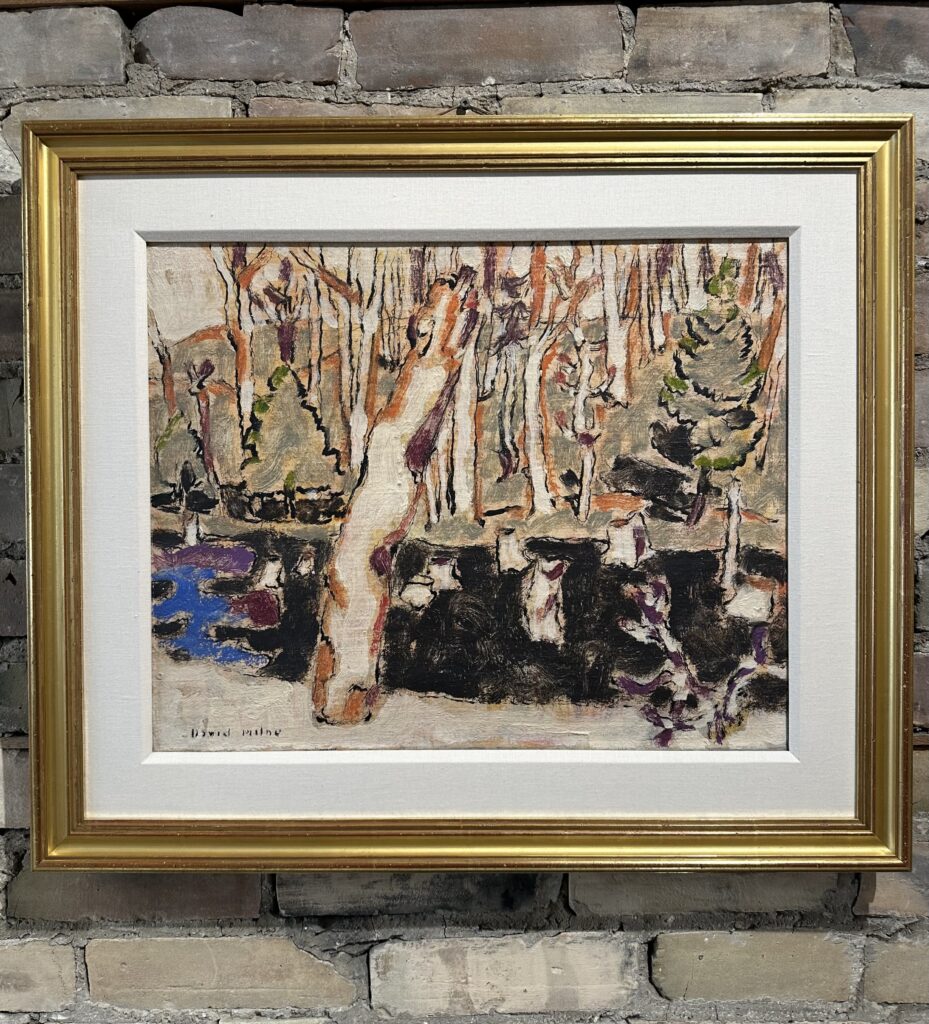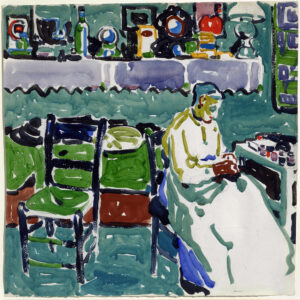Verso: Hillside near Palgrave 1932, cat. Raisonné #302.197
Provenance
Milne sale to Massey, 1934
Laing Galleries, Toronto
Private collection, Coral Gables, Florida
Heffel, Nov. 2017, lot 117
Private collection, Toronto
Literature
David P. Silcox, “Painting Place: The Life and Work of David Milne”, Toronto, 1996, page 240
David Milne Jr. and David P. Silcox, “David B. Milne: Catalogue Raisonné of the Paintings, Volume 2: 1929-1953”, Toronto, 1998, reproduced page 552, “Stumps in the Swamp”, no. 302.175 and reproduced page 561, “Hillside Near Palgrave”, no. 302.197
From Milne’s sales list draft to Massey, 1934.
‘The Swamp’ Palgrave, 1932. Something interesting in this loosely woven fabric. It belongs to the dark glow series, but its peculiar texture seems to spring from nowhere, which suggests outside influence.
Both sides of this canvas are signed.
Palgrave 1930-1933
Palgrave, with a population of about a hundred in 1930, is situated in the Caledon hills thirty five kilometres northwest of Toronto. It stands beside the Humber River near its source and straddles a rural township road that is now Highway 50. During his three years in Palgrave, Milne produced more than two hundred oil paintings and many fine drypoints (but no watercolours). By making his art his only priority during this time, Milne was able to create a large body of work that was complex, coherent, and richly varied.
Many Palgrave canvases are painted back and front as a consequence of Milne’s straightened circumstances, yet from his letters of the time we learn that numerous works were repainted many, many times. Given the cost of paint and canvas and Milne’s financial plight, his courage must have been sorely tested by his decision to devote so much time and money to his work. Nevertheless, he did not resort to the less expensive watercolour medium, nor stint in his use of materials. He was conscious of the cost, but his commitment as a painter overrode any reservations he may have had about the expense and took precedence over everything except providing the barest necessities of life. All the paintings done in Palgrave were sold to Alice and Vincent Massey in 1934. Milne sold these pictures in a batch because he wanted his work kept together to ensure that in the future it would be possible to study the relationship of each painting to the others. Before sending them to the Masseys, Milne prepared a rough catalogue, giving each painting a number, which he inscribed in ink, in parentheses, on the upper edge of the canvas, and usually a tite and a brief commentary that emphasized the themes relating the paintings to each other.
From: David Silcox & David Milne Jr., David B. Milne: Catalogue Raisonné, Vol. 2 : 1929-1953 (Toronto: University of Toronto Press, 1998)
